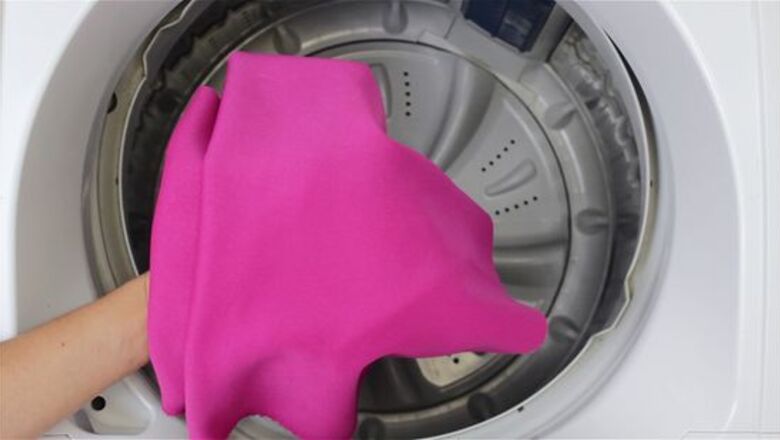
views
Preparing Spandex Fabric for Sewing
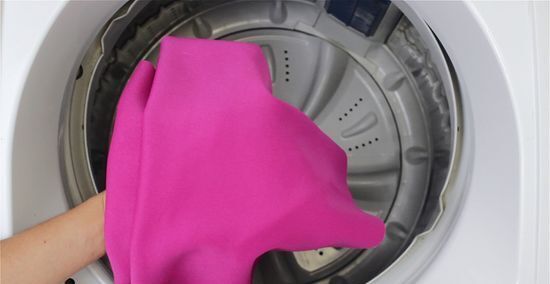
Pre-wash the fabric. Depending on the other materials that spandex is blended with, it may shrink the first time you wash it. To prevent your finished garment from shrinking when you wash it, it is best to wash the fabric before you sew it. Check the instructions for your fabric because different blends of spandex require different types of washing and drying. For example, if you are using a knit-spandex blend or a blend of spandex and microfiber, linen, or cotton, then you can wash the fabric with warm water and then dry it on low. For silk/spandex blends, hand wash the fabric with cool water and then hang it to air dry. For wool/spandex blends, take the fabric to the dry cleaners.
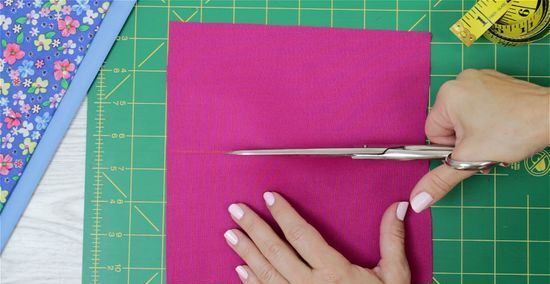
Cut the fabric with sharp scissors or a rotary cutter. Spandex fabric can be difficult to cut and it is important to get straight edges. Make sure that you use a sharp pair of scissors or a sharp rotary cutter to cut out your pattern pieces for sewing. If you are going to use a rotary cutter, then place the fabric on a cutting mat first. You can purchase cutting mats especially for cutting fabric at craft stores.

Pin with ballpoint pins to avoid damaging the fabric. Ballpoint pins have rounded tips so that they will not sever the threads in the fabrics you stick them through. Instead, the ballpoint pins slide in between the fibers. However, it is still a good idea to place the pins along the seam allowances. This way the holes will not be visible if you do end up damaging the fabric.
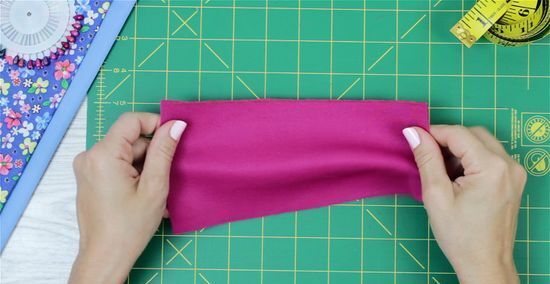
Make sure the stretchiest part of the fabric is going around the body. When pinning and sewing a garment with spandex, make sure that you position the stretchiest part of the fabric so that it is wrapping around the body. Spandex fabric comes in 2 way and 4 way stretch. A 2 way stretch fabric will only stretch horizontally, but a 4 way stretch fabric will stretch horizontally and vertically. Before you sew with spandex, use your hands to tug at the fabric and find out which way it stretches.
Sewing Spandex Fabric
Install a ballpoint needle in your sewing machine. Regular needles may cut through the spandex fibers and result in damaged fabric. Ballpoint needles have rounded tips so they will go in between the fibers when you sew, so this type of needle is much less likely to damage your fabric. See your sewing machine’s instructions for how to install a new needle. You can pick up this type of needle at a machine shop. Ballpoint needles can also be used with silk and knit fabrics.
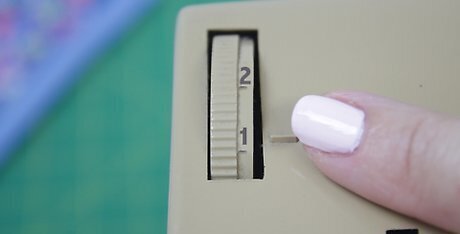
Adjust the presser foot so that the pressure is set to 1. Too much pressure on the presser foot of your machine will pull on the fabric as you sew it. This can result in puckered areas along the seam. To reduce the chance of puckered stitches, reduce the pressure on the presser foot. Set your machine’s presser foot pressure to 1 before you begin sewing. Check your sewing machine’s manual to find out how to change the presser foot pressure.
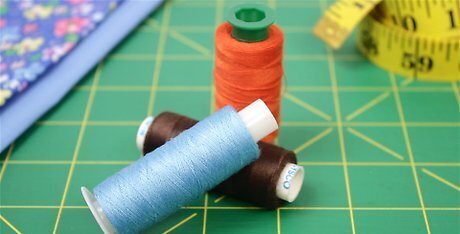
Thread your machine with an all-purpose polyester thread. It is not necessary to use a special stretchy thread for spandex because you will be using a stitch setting that allows the fabric to stretch. However, all-purpose polyester thread has a bit of give to it, so it is a great choice for sewing spandex. Choose an all-purpose polyester thread in a color that matches your spandex fabric.

Set your machine to a narrow zigzag stitch. A narrow zigzag stitch works well for sewing spandex because it will provide slack that allows the spandex to stretch. Set your machine to the zigzag stitch and adjust the stitch length to 0.5 millimetres (0.020 in). If your fabric is a blend that is not too stretchy, then you may adjust the zigzag stitch to a longer length, such as 1.5 millimetres (0.059 in). However, it is important to keep the zigzag stitch within the range of 0.5 millimetres (0.020 in) to 1.5 millimetres (0.059 in) so that the seams will stretch with the fabric. Check your sewing machine’s manual for instruction on how to change the stitch setting.

Avoid pulling on the fabric as you sew it. With many fabrics, it is helpful to pull the fabric taut when you sew it. However, this strategy does not work with spandex because it can lead to puckering. When you are working with spandex fabric, do not pull on it. Don’t let the fabric hang over the edge of your work surface either because this will also pull on the fabric.

















Comments
0 comment